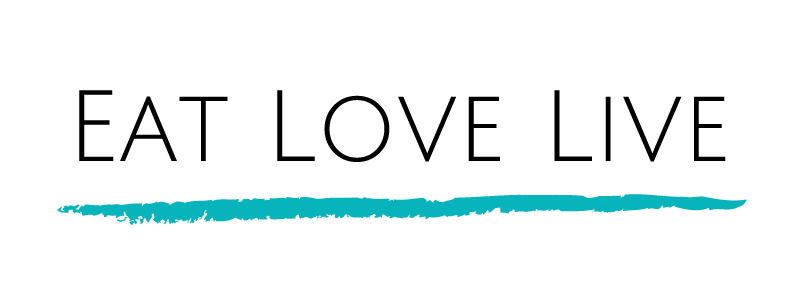Patients asking about GLP-1s?
DECISION Framework
GLP-1 Agonist Use and Eating Disorder Safety
Only 6% of people with an eating disorder are underweight
Duncan et al(2017)
People in higher weight bodies are 2.5 times more likely to develop an eating disorder. Such patients receive a clinical diagnosis of an eating disorder half as frequently as patients with normal weight or underweight.
Ramaswamy, N., & Ramaswamy, N. (2023)
An estimated 1.1 million Australians, (4.5% of the population), are currently living with an eating disorder, with 10.5% experiencing an eating disorder at some point in their lifetime.
Deloitte Access Economics. (2024). Paying the Price, for the: Butterfly Foundation.
A meta analysis found that atypical anorexia nervosa (AAN) occurs more frequently than anorexia nervosa in community samples, however fewer individuals with AAN are referred or admitted to special care for eating disorders
Harrop EN, Mensinger JL, Moore M, Lindhorst T. (2021)
If you see people for health care you are seeing people with eating disorders, whether you realise they have an eating disorder or not.
And, as reflected in the statistics above they are not likely to 'look' like they have an eating disorder and may present in a higher weight body seeking GLP-1 Agonists.
The DECISIONS Framework provides prompts to ensure client autonomy, informed decision making, eating disorder screening and risk mitigation.
DECISION FRAMEWORK | |
D | Discuss the client’s request with curiosity and validation. What are their goals? Is there clinical indication? |
E | Explore research to date with the client. |
C | Address potential side effect concerns in detail |
I | Interaction with current, past or risk of developing an eating disorder? Complete Eating Disorder Screening. Refer on as necessary. |
S | Support clients to sit with the information. Allow the client time to seek clarification, support with other health care practitioners and make a fully informed decision. |
I | Initiate health centric goal setting if the client decides to commence on GLP-1 Agonist. Create a risk management plan if there is eating disorder or mental health risk. |
O | Lead ongoing discussions and Create a risk management plan, with the client, if there is an eating disorder or mental health risk. Risk Management Plan Proforma.
|
N | Notify MDT of decision and any risk management plans |
Looking for more Information?
GLP-1 agonists & Eating Disorders: What to Say When Clients Ask
Online Short Course
Details at a Glance
-
On line Short Course on Teachable
-
Cost: $99 AUD
-
Target Audience: All eating disorder practitioners (dietitians, psychologists, therapists, GPs, etc.)
Included With Your registration:
-
2 Hour Lecture
-
Downloadable RCC worksheet + decision-making tools to use in session with clients
-
Multiple client resources for use in session
-
Risk management planning template for use with clients
-
Template letter to adapt for your own use to use when communicating with refers
Eat Love Live Practitioners who can support your clients to make an informed decision:
Please note we do not actively encourage weight loss however, we do hold space for clients experiencing body distress and facilitate balanced conversations regarding GLP-1 medications from a nutrition perspective. We are also able to comprehensively assess for disordered eating and eating disorders and provide ongoing nutritional care for clients who choose to take GLP-1 Agonist with health and or weight loss goals.
- Brittany Andreola (APD)
- Laura May (APD)
- KIRSTY (KESS) O'LOGHLEN (APD)
- Marina Payne (APD)
- Carly Taylor (APD)
- MARISSA VASSIE (APD)
